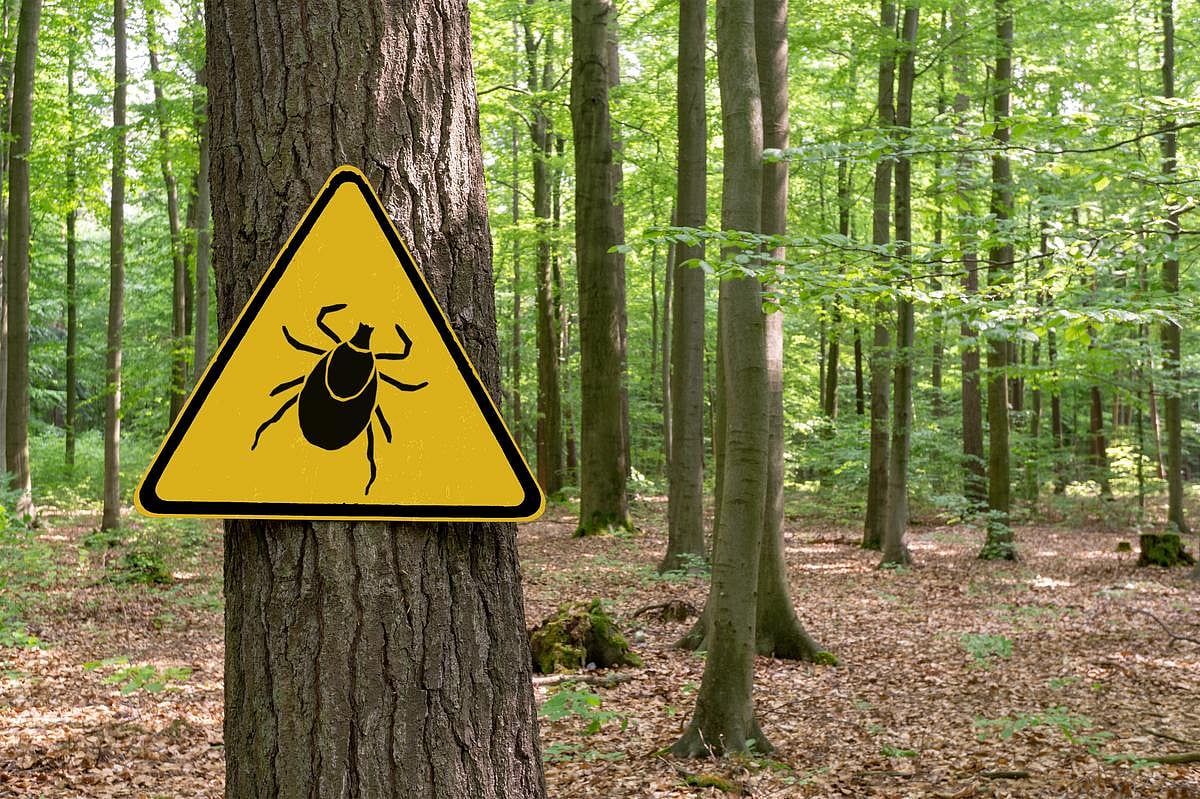Get Healthy!

- Posted September 10, 2025
Invasive Asian Longhorned Tick Confirmed in Maine for the First Time
WEDNESDAY, Sept. 10, 2025 (HealthDay News) — An invasive species of tick has been confirmed in Maine for the first time, marking the farthest northeast detection of the pest in the United States.
The tick was collected in southern Maine in July and identified by the University of Maine Extension Tick Lab, officials announced Monday. While this is the state’s first confirmed discovery of the tick, the risk posed by tickborne infections such as spotted fever has experts monitoring the situation closely.
“This discovery underscores the critical importance of continued tick surveillance in Maine,” tick lab director Griffin Dill told The Associated Press. “While this appears to be an isolated case, we are closely monitoring the situation and coordinating with state and federal partners.”
The Asian longhorned tick was first confirmed in the U.S. in New Jersey in 2017 and has since been reported in more than 20 states, primarily in the eastern U.S.
Researchers suspect the ticks spread through pets, livestock and wildlife, but the exact route of entry remains unclear.
The specimen found in Maine was a juvenile, meaning it could not yet reproduce, the lab said. Follow-up surveillance in the area did not find additional ticks.
The tick feeds on a wide range of hosts, including cattle, pets and even humans, which makes it a growing concern for both public health and livestock.
Unlike many tick species, female Asian longhorned ticks can reproduce without mating, the lab explained, which allows a single tick to establish an entirely new population.
Researchers are still evaluating the tick’s ability to spread pathogens in the U.S.
So far, blacklegged ticks — also called deer ticks — remain the primary tick-borne disease threat in the Northeast, where they are known to transmit Lyme disease and other infections.
More information
The U.S. Centers for Disease Control and Prevention has more on ticks.
SOURCE: The Associated Press, Sept. 9, 2025







